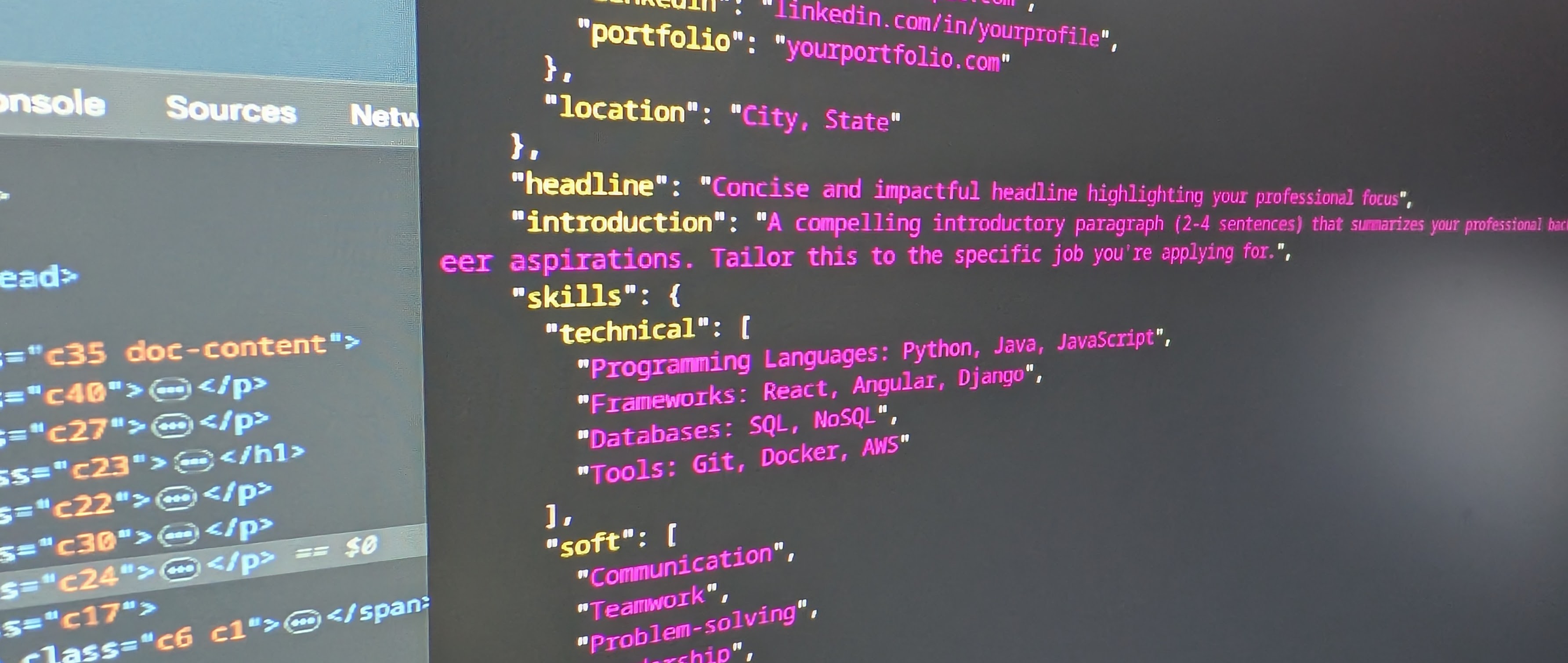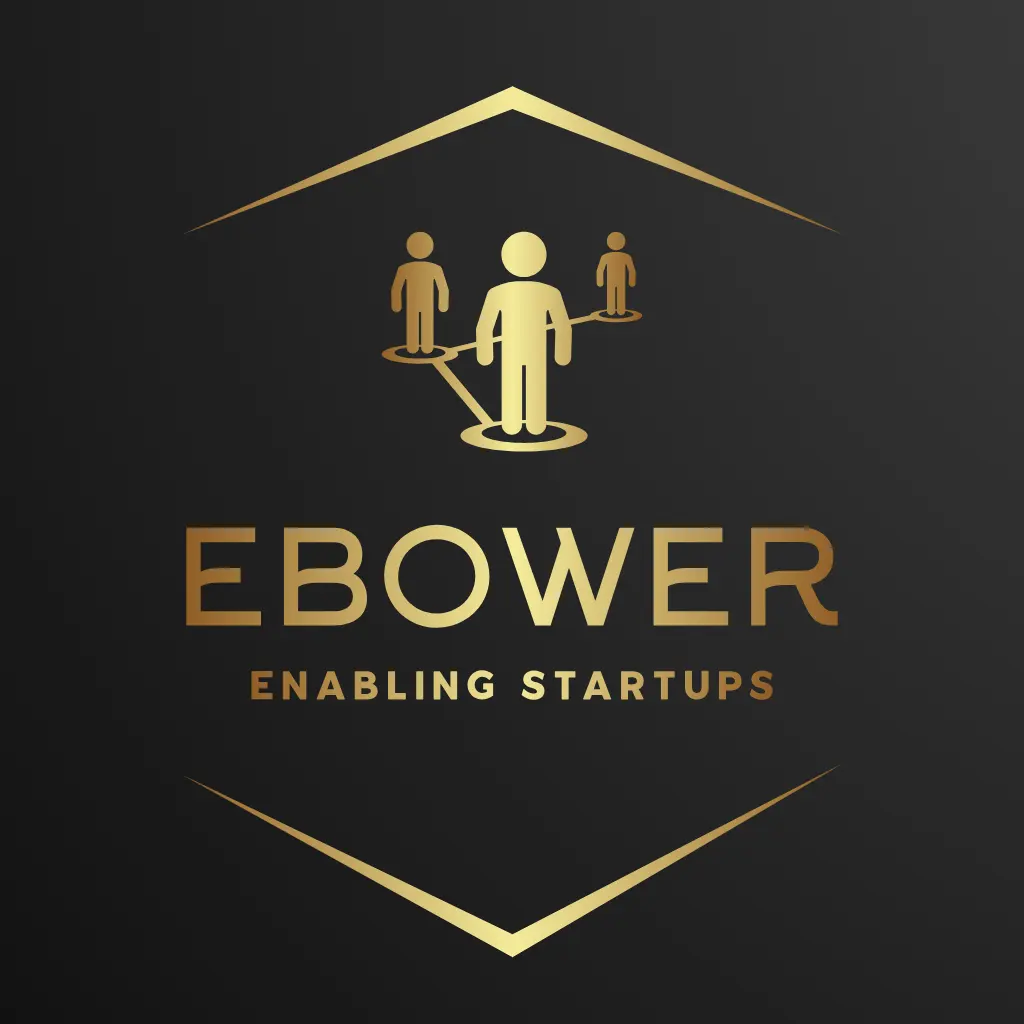The Need for a JSON Resume Framework

Problem Statement
Job hunting is always a nightmare, but there is one aspect that’s in need of an update. Considering it’s been around for more than half a millenium, it’s about time for it to be laid to rest. In 1481, Leonardo Da Vinci created what is often considered to be the first resume on record - although he probably preferred the term Curriculum Vitae.
Modern resumes are fraught with problems that hurt both the candidate and the employer. One of the worst is the trend to want to make a resume stand out. But this just means that HR works on a gut reaction to someone’s graphic design skills, typically not something meaningful to the job at all. Not only does this mean that the showiest resumes get more attention even if the candidate is less than ideal, but it means that excellent candidates who are more muted in their tone and presentation are ignored.
Worse, candidates have learned this. For ages we’ve had resume-writing services, so that “standout resume” may not even have been created by the applicant. Today there’s much consternation over the use of AI to generate or optimize resumes, which is different from using one of these services because most of the services employ the same HR people complaining about the use of AI (and suddenly it all makes sense to a lot of you).
And of course, there’s the most embarrassing part. When a candidate is trying to apply for a job and is asked to upload their resume this is to be expected. When this is followed by asking the candidate to copy and paste their resume section-by-section into a form this is an embarrassment to the hiring company. This is a clear indication that the HR team doesn’t respect the time of the candidate and will likely not even read the resume - I’ve stopped application processes for decent jobs for this reason. The only thing worse is not having an automated message as an application is created and moves through the system or is removed from consideration.
Requirements
We need some mechanism to convey what we’ve done with ourselves and why we should be hired, so the complete death of the resume is not very likely (although this raises an interesting option for a “friend-of-a-friend” job site where a trust chain can be created to link candidates to employers - essentially LinkedIn with a hidden scoring system). But there are many problems we can solve:
- The resume must be exclusive of formatting options, however viewers can apply a common theming across multiple resumes.
- The resume must have distinct components that can be processed or ignored by employers as they see fit (for example, some parts of the world have the rather dubious habit of adding headshots, this is inappropriate in other parts of the world as it opens up the risk of bias).
- The resume should be able to be programmatically constructed.
- The resume must be portable and easily transferred and shared.
What this does not preclude is the use of AI or humans to generate the content. While much of the pretty formatting is no longer an option, the prose may or may not be the work of the applicant. This isn’t a problem, most jobs don’t require self-adulation, but it doesn’t fix the issue of the pool remaining skewed towards those who can write well, pay for someone else to write well, or can instruct an AI to write well.
The Solution
What we need is a standardized, text-oriented format for a resume. Each component of a resume will be given a key, with some keys required and others optional (this may vary from employer to employer) with additional or unknown keys ignored.
The Format
JSON seems like a natural choice for the format. It’s well-understood, supports hierarchy and nesting of elements, and can even support the inclusion of binary data via Base64 encoding. It is also able to be read and edited by hand in a pinch.
There are an infinite variety of resumes, while no single definition can be used to include every resume feature JSON definitions can be expanded and versioned easily. I’ve created a sample template which can be viewed or downloaded from my Resume JSon website.
Editors
I created my resume strictly by hand (yes, I did have Gemini help with some of the grunt work to get things rolling). However, this opens up a huge market for resume editors with some advanced features.
A proper UI could allow me to tag each element so when I’m applying for a startup CTO position I could have one view, while an architecture role in a larger company could highlight different parts. I could even save the state of this data for every application, allowing me to go back and remember which resume I used where.
HR Systems
Here is where things really start to shine. HR systems can now dissect each resume and process it in sections automatically. Each system can specify required fields and prompt the user immediately that an email is required or even provide feedback as to why the resume is or is not desirable.
Linkages to the editors is also important. If submissions can be made with a standard API, the editor itself can submit the posting and allow for the HR system to provide detailed response information such as a tracking number, a copy of the job description, or a specific assigned contact.
HR pros can now view every resume in a common format. They can search for keywords in specific areas. They can ignore or emphasize certain sections. If a common formatting mechanism is defined (for example, a Base64 encoded version of the CSS with standard HTML element names), they could even view the format the candidate may have wanted.
Once a resume moves through the system, the system knows how to find the email address and emails can automatically be sent to the user. Once the hiring manager gets the resume, they can have a different view from HR. Plus, a link to the resume can be added easily to the meeting invite so both the employer and candidate can be reminded about what was submitted.
Where To From Here?
Really we need a standard to be generated. This can be an official standard from the like of the ISO or HR Open Standards Consortium, or just a de facto standard from a major vendor as long as it’s an open standard. This opens up a huge market for most HR platforms, now they can not only sell to employers, but also provide some level of service to end users and job seekers. Having a SaaS-based resume editor available can be monetized quite easily via short term paid versions with value-add features, by upselling resume writing services, or even the somewhat shady practice of data collection (knowing what your resume looks like and having a network of open job postings could result in some very targeted newsletters).

